Digital artist Frank Nitty 3000 transforms still, stylized fashion images into quirky, illustrative moving collages. Through a reductive, constructive, and almost mathematical process, completed with specialized computer programs, he morphs pre-existing photographs into mind-altering GIFs or what he calls video doodles. Currently based out of Hong Kong, Franky Nitty 3000 works partly as a visual artist and art director. His oeuvre of art direction is expansive, and he has created digital motion art projects for various leading world fashion houses and retail companies. His collaborations with brands include projects with clients such as Christian Dior, Gucci, Burberry, Maison Birks Canada, Benefit Cosmetics, Adidas, Nike, and Footlocker. As an independent artist, he has also exhibited his work in multiple cities across Europe and Asia including Amsterdam and Tokyo. With the recent interest in Crypto art, Frank Nitty 3000 has created authentic and rare digital artworks purchasable through the digital art marketplace, SuperRare. Arts Help Writer Mallory Gemmel sat down with Frank to discuss his practice and to gather details on how crypto blockchain technologies are advancing his work alongside the field of digital art.
MG: Who is Frank Nitty 3000? Where are you from, and why were you initially drawn to studying/working in the creative industry?
FN: Frank Nitty is actually a pseudonym for my real name, which will remain undisclosed, but Frank Nitty 3000 is a digital artist who has been working in the field of creation since around 2005, around when I graduated from the Design Academy Eindhoven in the Netherlands. That is also where I grew up and where I was born. I currently live in Hong Kong. I've been here for a while after a stint of around four and a half years in Tokyo where I worked as a director doing mostly commercial stuff and music videos. Currently, I am working as an artist and art director.
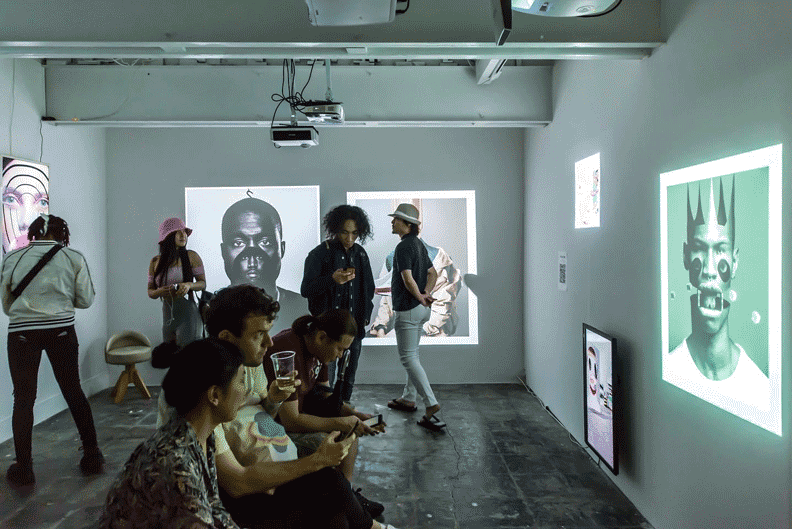
MG: Did you have a specific area of study in university?
FN: Industrial design. It kind of transformed, I guess, from there. I was doing all kinds of different stuff when I was in the academy like film and video and also just making stuff with my hands as well as a little bit of fashion stuff. After I graduated, I basically took a job as an art director at a fashion company and did that for a couple of years and then decided to go venture out in the world to work for myself.
MG: How do you define your work? Do you consider your art to fall under the umbrella of the digital art medium?
FN: I'm not really sure. I guess that's up to other people to decide. I just do what I do, and I do what I've always done. I'll keep doing what I've always been doing. Whatever happens in the world around me and with other people… I guess you have to adapt a little bit to whatever the trend is or whatever things are going on. I don't really have a big issue with how people want to react to that or how people want to describe that. I guess it's totally up to them because, as an artist, I just make my work and that's it. It doesn't have any kind of name to it.
MG: Why are you drawn to working with the digital medium specifically?
FN: I think for me the main reason is that it allows me to do this kind of autonomous work by myself. I mean, I’ve been working in the commercial field for quite a number of years and making film, video, and animation. This kind of work is always largely a collaborative effort. There's also a part of me that just really wants to do deeply personal projects. Working in this kind of digital medium and using my computer basically as a tool or a vessel allows me to do more things that I consider personal. It's a good tool to work in that way.
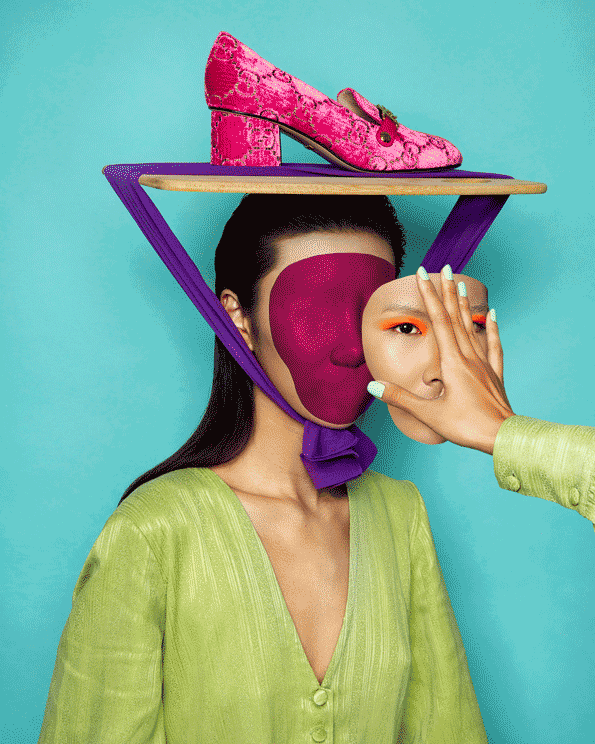
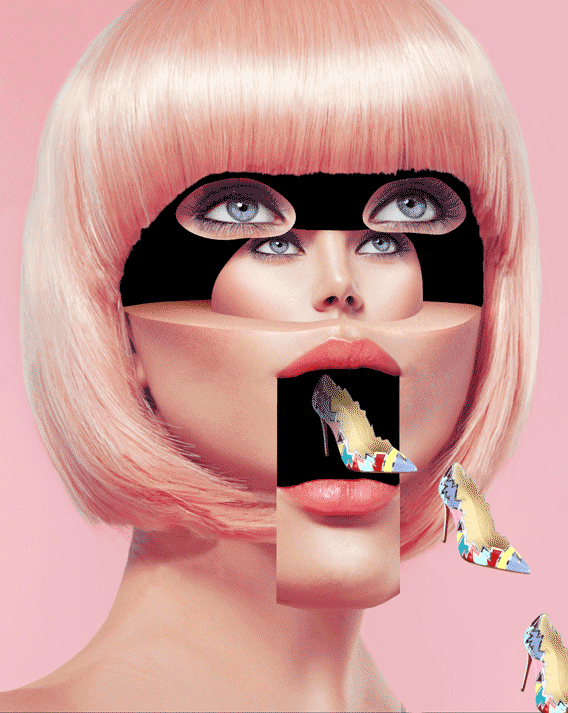
MG: Can you give us some insight into your process? How do you create your moving-images (video-doodles)? How does the process start and how does it flow to become something that you publish?
FN: I live in two kinds of worlds at the same time. I do quite a bit of work for brands. I have a bunch of commercial clients that take up much of my time, but I always try to take some time to focus more on the artistic side of this kind of digital creation. Usually what I do is I look at images and photographs that inspire me. I would describe my work as deconstruction. The thing is that I try to use the medium also as a means of discovery. You know, it's not just about making stuff that randomly pops into my head, but it's about always trying to discover new content that I can then use later, whether it's for a project or an exhibition or whatever. The process is mostly using existing images as a kind of collage. It's a very traditional style of college, mixing things that already exist and then turning that into something new and interesting. I usually go out with a photographer and shoot things that we are inspired by at that moment. Then, I take those images back to the computer. It’s about rethinking and reshuffling and constantly reinventing existing imagery and ideas. I’m always stacking stuff. You know, years on years of ideas on ideas, and eventually, there's something that might end up being presentable for the world.
MG: I’ve read that repetition is a recurring theme in your work and that the process of completing a piece is sometimes mathematical. Can you explain why repetition is important?
FN: Yeah. I think that human beings gravitate towards repetition. Nature always tries to make repetitive patterns and humans are quite good at recognizing patterns. I think there is a subconscious element to it. The human brain tends to gravitate towards things that repeat you know because it allows your mind to look for patterns. How does something actually repeat? There is also a mathematical element to that. That's a really interesting thing about working with computers because with the computer interface you can have graphical representation––an image representation of math. I find it really interesting to combine that mathematical approach with aesthetics. In a way, the work that I do is about deconstructing things but also about reconstructing things into something that becomes a recognizable pattern.
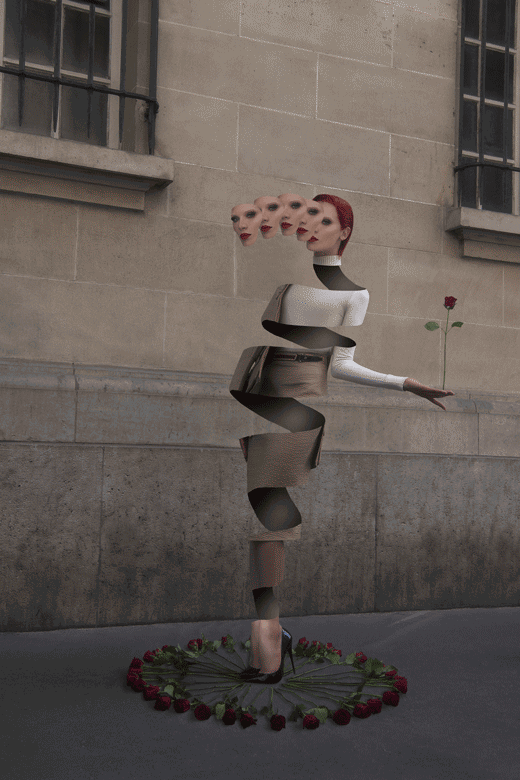
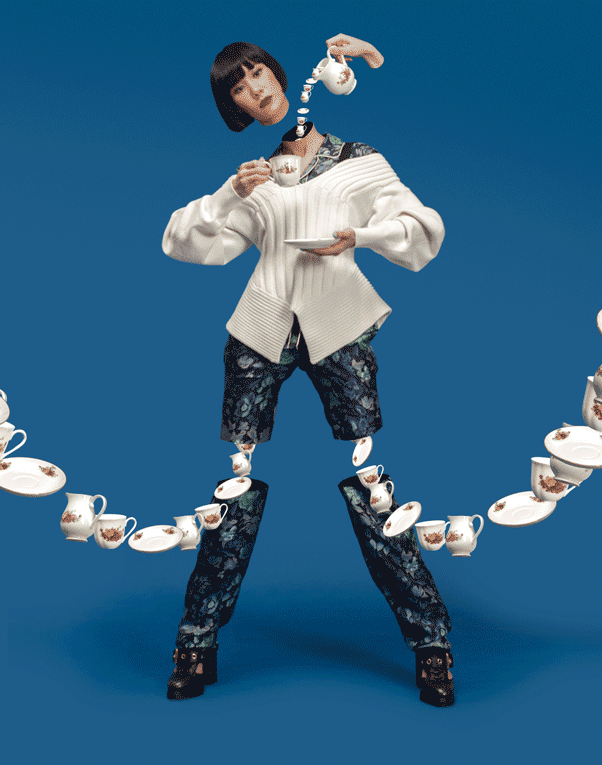
MG: Do you use a specific program to create your digital artworks?
FN: Mostly Adobe programs. I use Photoshop, Illustrator, and After Effects.
MG: You’ve created content for and worked with several major design houses over the years. Working with these sorts of brands seems a challenging status to obtain. How did you get your first gig creating content for a major luxury brand?
FN: That was a gradual process. Even before I started sharing personal work on the internet, I already had some experience working with commercial brands. When I first started sharing little pieces of short format work, I realized that some of my older commercial clients were looking at that stuff and found it actually quite interesting. I remember that a stylist from a fashion magazine was interested in doing some sort of collaboration with photography that she was working on. It just kind of took off from there. Fashion people get a little bit more interested and then the luxury houses, they start to take a little bit of notice and then you do a collaboration with Gucci or whatever. I also realized that as an artist, you walk a fine line when you start to collaborate with big commercial clients. You have to understand what their mission is. I think a lot of really autonomous artists are not always capable of really knowing how to be an artist but also be a part of the overall mission of the brand that they're working with. I became quite skilled in navigating that without really having to give up my personal approach or style. The cool thing about fashion and luxury houses is that they're mostly run by creative directors who are also artists. They recognize my work and they want to collaborate with me, it’s kind of natural I think.
MG: Do brands provide you with source images? It sounds like it’s often a collaborative process, but is there any creative freedom?
FN: Yes, definitely. I have my own studio where I like to take photos with my own photographers. That is, for me, the ultimate thing when a client allows me to really create the work from the ground up. It’s also sometimes based on budgetary limitations. A lot of brands and people who advertise on social media or make content in a year or season are really chasing content, but it doesn't necessarily mean that the budgets are also insane. They’re really trying to figure out how they can maximize on budget and still have a major impact. Some people recognize that I can do a lot with quite a little, so they will try to provide me with imagery that they have already used for a campaign to try to squeeze some extra value out of what they have. I think that's a good way of working.
MG: Interesting. That's not something that I would realize as a simple consumer of social media and social media advertising. I’ve always assumed there to be major budgets for influencers and digital marketing.
FN: Even when you're looking at content from a major brand, you don't know the guy who was actually in charge of marketing. He gets a budget from his boss. Brands give their marketing person a little bit of money and they figure out what to do with it.
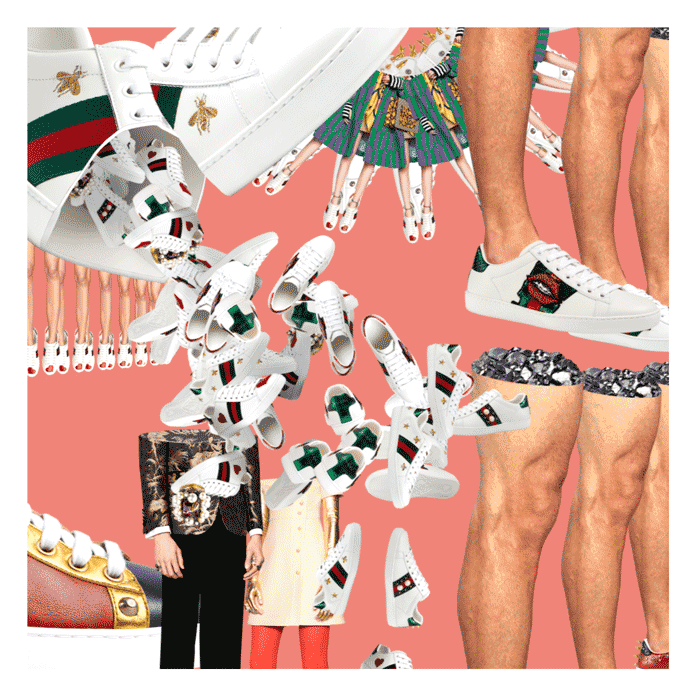
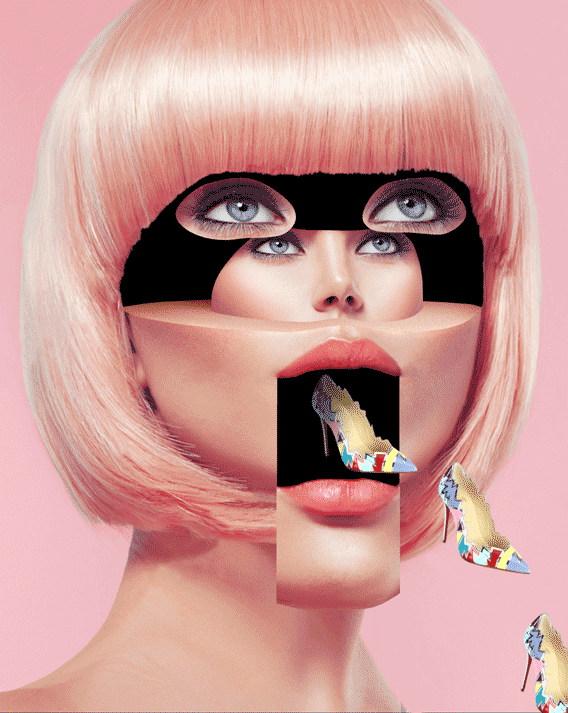
MG: I've seen that your work is sometimes installed on screens. You’ve either had gallery exhibitions of your work or your work is installed in stores. What's the process of installation like for you?
FN: If work is being put into a store, there is somebody who is in charge of visual merchandising. So, that person is basically in charge of the design and there will be, at some point, a screen or multiple screens involved. I try to accommodate whatever the style is that they're trying to communicate. Then, I provide the work by transferring the files. When it comes to exhibiting my personal work, I'm quite involved.
MG: What do you think contributes to the appeal of digital art? Why do think that brands are interested in using digital art as a source for advertising?
FN: Honestly, I don't think that people necessarily inherently care about digital art. I think it’s because everybody is living 50 percent face to face and 50 percent in the digital world or an iPhone. If all that stuff didn't exist, I don't think anybody would care.
MG: It’s no secret that the world of digital art/media is drastically changing as the popularity of cryptocurrency and blockchain technologies continues to rapidly grow. You’ve created a handful of Non-Fungible Tokens (NFT) works that are purchasable through the digital marketplace, SuperRare. How did you learn about NFTs and why did you decide to start creating them?
FN: It’s funny, I kind of heard about it through the grapevine. On the back end of all this stuff, there are obviously digital artists who are direct messaging each other and talking about what’s going on. You chit-chat and then you just hear more about it. So, that's why I got on it, not because I was particularly drawn to the technology or anything. It was just, “Oh! That's something new, let's try it.”
MG: How do you imagine blockchain technologies and NFTs will affect your career in the future? Does it feel promising to be able to authenticate and sell your works in their digital forms?
FN: I don't really know to be honest. It’s very difficult to say. I’m kind of critical of this whole NFT thing because I think that as an artist it's part of your mission to be critical of things. There's not a lot of people in the world who can put messages and ideas out in the world without consequences, you have to be an artist to be able to do that. When I look at all this digital media, I feel that we live in a really funny world right now where technology is the main driving factor of everything. It feels like everything is automatically sucked into technology. You know, Virtual Reality helmets and Google glasses. Because this stuff is possible, it’s presented on everybody's plate as the new big thing and you have to hop on it because if you don't, the train is leaving without you. That creates a little bit of anxiety with people. It’s like, now do I have to get on Clubhouse? Do I have to get on Twitter? Do I have to do all these things? This NFT stuff is interesting, but it's also kind of driven by tech people. I don’t necessarily trust them as the right gatekeepers for art. There's nothing really wrong with the traditional gallery system in my opinion. It’s just whatever it is and now the tech people have jumped into that universe. Do they necessarily know anything about digital art? I don't believe that anybody at SuperRare , Nifty Gateway, or whatever who have been programming and coding believe that they are curators.
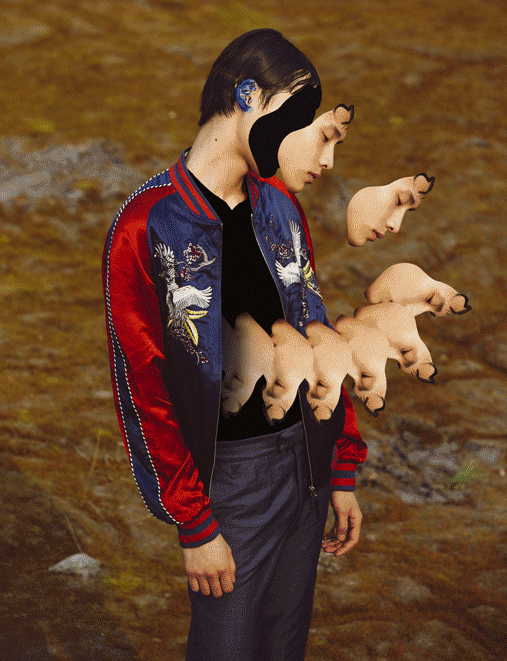
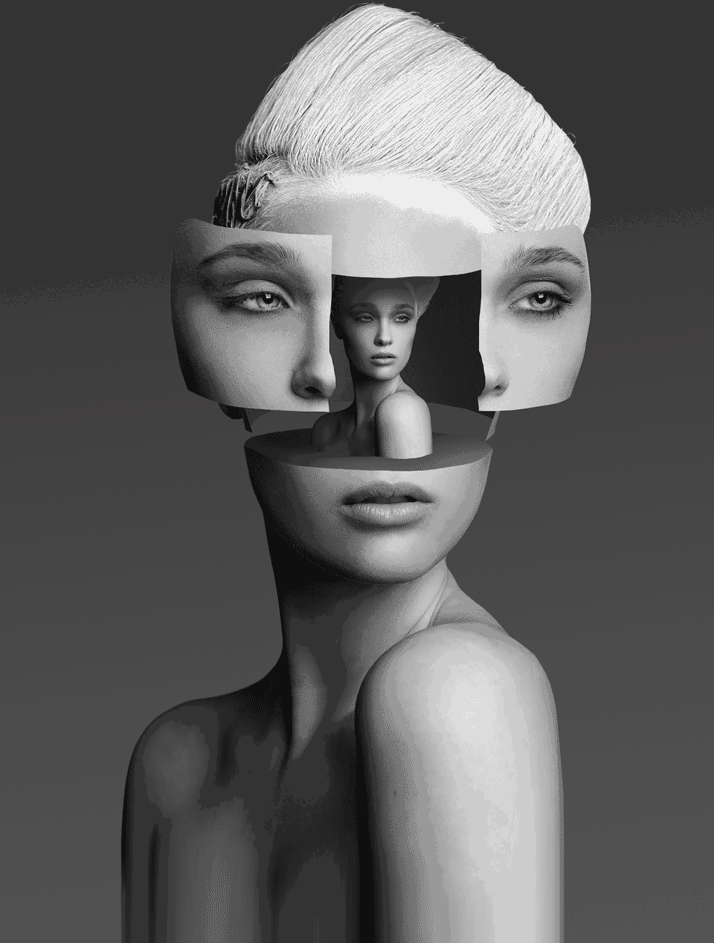
MG: The major auction house Christie’s is now engaging in these technologies. When there are big changes in the high art industry, it trickles down and helps smaller artists or smaller creators. I think the reason that these technologies are promising for people is because they’re allowing people to make art in a slightly different way or make art that's maybe half physical and half digital. It’s giving digital creators the chance to be able to profit off of their work and to make their work valuable.
FN: I think that it's definitely cool that it opens up certain gates for people to interact and share and collect. I remember a movie director, it might have been Christopher Nolan, was talking about what the future of cinema is. Do we still need to shoot on film? Are we still going to go to the movie theaters because people are watching movies on their iPhones? I thought it was really striking because it’s not either or. Some people will just live in their own lane, some will shoot digital and other people will go to the movies while other people watch movies on their Apple watches. I think that's going to be the same for digital art because when I think about NFTs, I also noticed that there is an emergence of a certain kind of handwriting or a certain kind of artistic preference for what an NFT should be. There’s a lot of CGI artists who are early adopters because they're computer geeks. Are NFTs going to benefit an old-school type of artist? Nobody knows. You have to be a tech person first.
MG: Yeah, you have to be in the world of crypto. And, not everybody is involved in crypto even though it might seem like everybody is right now.
FN: Yeah. I heard people who I really respect as digital artists say that this stuff is tiring and that they don’t want to get too into it because it's just complicated. They don't want to be promoting stuff on Twitter and all these sorts of things. And, maybe they don't need to. It's not necessarily the stream that everybody needs to get into.
MG: What can a buyer do with an NFT artwork once it’s in their possession? How is purchasing and collecting digital artworks different from purchasing a physical printed image?
FN: I can write a whole essay about this. It’s funny because I think now especially because we're in this pandemic era and people are comparatively spending more time inside, that people are bored of just doing things on the internet. But, people are also into investing. A lot of collectors are looking at digital art as something to flip. They’re thinking “I'll collect something and resell it.” You have to wonder if that really is about art or is about something else? There is definitely maybe a real future for digital art collectors. Who is going to be big and famous for being a digital art collector? I don't know exactly what that future looks like, but I have a feeling that something that will exist.
MG: What do collectors do with the art otherwise? Major collectors of physical art often loan work to major galleries or, perhaps, install it in their homes. When it’s in the digital realm, what happens? Does it get exhibited on screens or does it stay virtual and presented in virtual exhibitions?
FN: To be honest with you I'm also quite critical of that stuff, so I’m not really the right person to ask about it in that context. I’m looking at the whole thing as a kind of weird frenzy. I do think there's going to be a whole world of digitization of things. Like digital fashion people will swap out fashion models for CGI characters and avatars. I definitely think that at some point it’s going to divert into a completely separate world from whatever our current reality is. I don’t think it will stay so mingled with the art world. I think at some point it will go left.
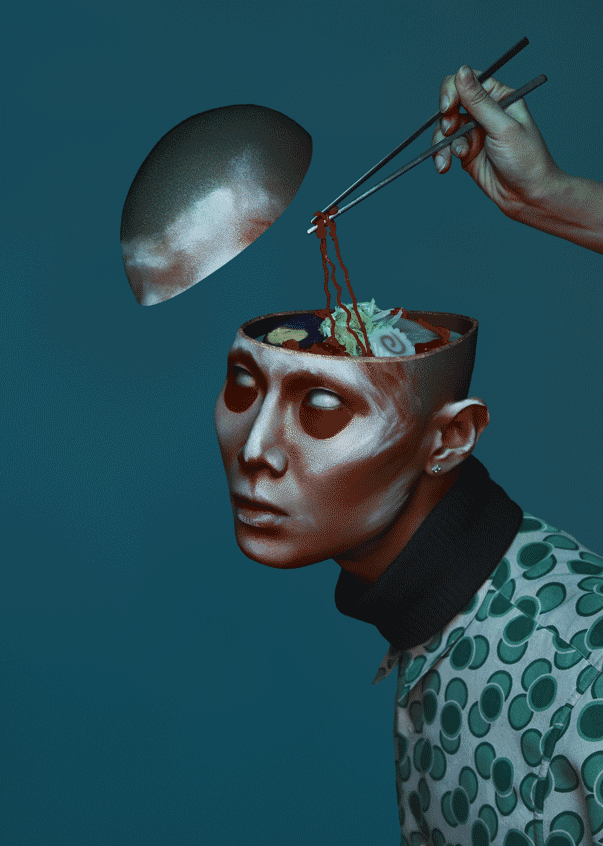
MG: Are you a collector of NFTs?
FN: No. I'm not collecting any NFTs. The people I’m personally interested in are not on any of these platforms yet. I’ve heard a few of my favorite artists talk a little bit about it, and I think they will eventually start getting onto it because after all, the media takes hold of everything and people are going to want to engage in it. I heard Takashi Murakami talk about NFTS yesterday. He also wasn't really sure because he feels he's not knowledgeable about it. He needs people to explain it to him. But, he’s still interested in the theme of it.
MG: Do you have any favourite digital artists whose work you’re interested in?
FN: At the moment I’m really into an artist named RUFFMERCY. In love with his work.
MG: What are your creative goals for the upcoming year?
FN: I am currently prepping and working on an exhibition that I want to start at the end of this year. The whole theme of the exhibition is kind of funny because it will really live on this edge between commercial art and also virtual art. I’m not going to dive really deep into either of these things. I’m trying to create an exhibition that will live on the border of all these things. I'm exploring a kind of boundary, like the exact edge where things bleed from the real world into digital or from the digital world into virtual. It’s hard to explain because it's still in progress, but I’m working on preparing for an exhibition for the end of this year.
To see more work by Frank Nitty 3000 follow him here. To learn more about his past and upcoming projects visit his website.
